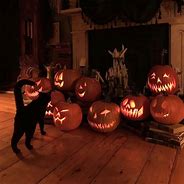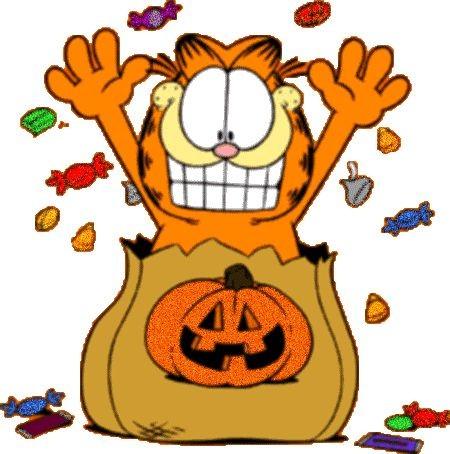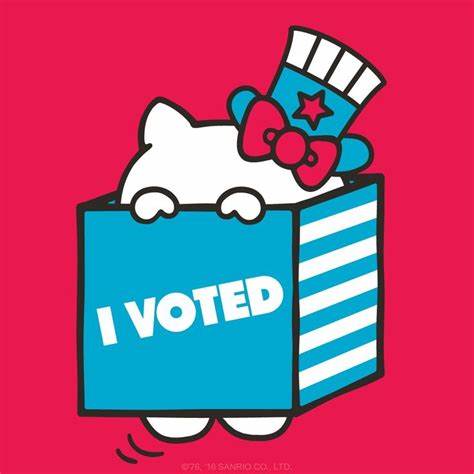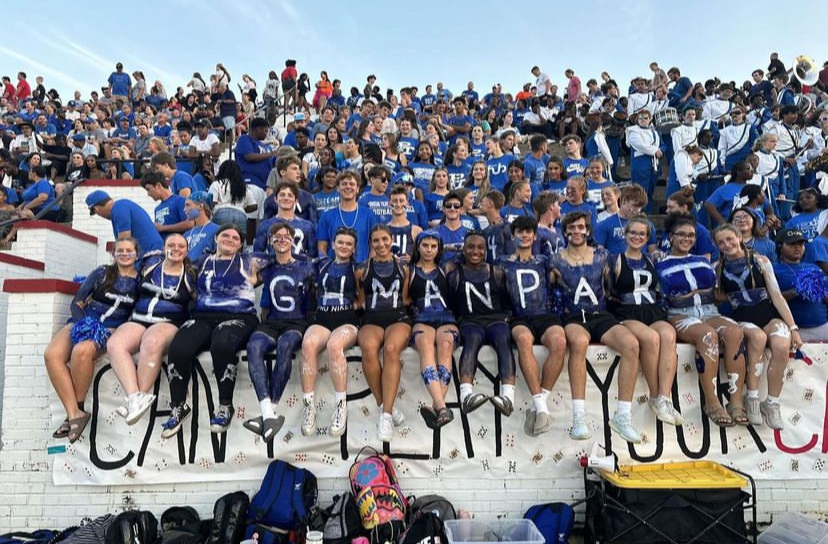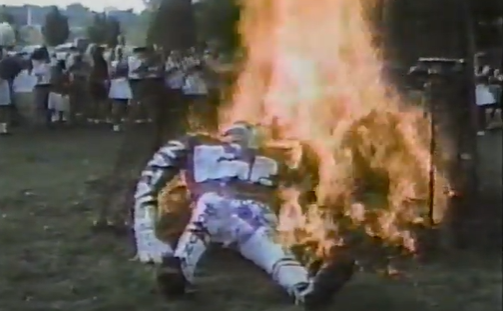The History of Halloween by Jada Board
For as long as I can remember, I have looked forward to celebrating Halloween every year. However, I’ve never really known what exactly we celebrate on Halloween. For most kids now Halloween is simply a night to dress up and enjoy lots of candy. Meanwhile, the long and complex history of Halloween goes completely unrecognized by current celebrators.
The first reference to what we now call Halloween was in modern-day Europe, specifically Ireland and Northern France. The origin is traced back to the centuries-old Celtic Festival of Samhain. This festival marked the end of a harvesting summer and the beginning of a dreary, cold, winter. The Celts commonly associated the winter with human death and dreaded the frigid temperatures. They believed that on this one night, October 31st, the lines between life and death (summer and winter) intersected. During this celebration, the Celts would host huge bonfires to gather around and burn sacrifices, such as animals or crops, as offerings to the dead. In these gatherings, they would often wear costumes as they believed this allowed them to see into the future. Composed of animal skins and heads, these costumes were far different from what we dress as in our present-day Halloween.
Years after, the Celts were conquered by the Roman empire and the original festival of Samhain was combined with two similar Roman celebrations. One was called Feralia, a day in late October when the Romans commemorated the passing dead. The other was a day to honor the Roman goddess of fruit and trees. The fusion of these rites changed the meaning and the festivities of the night. This contributed certain details to the Halloween we now celebrate.
Another origin of Halloween comes from the Roman Catholic Church’s creation of All Saints’ Day or All Souls’ Day. This day was kindred to the Celtics’ Samhain festival, however, thought to be more church-oriented than the original. The Roman Catholics also hosted bonfires and rejoiced in costumes. Their costumes evolved from animal skins to angels, devils, and saints. This was also commonly referred to as “All Hallows Eve”, which eventually evolved into what we now call Halloween.
Throughout history, Halloween has had many different meanings. From sinister and chilling to hallowed and holy. The way we now celebrate Halloween, dressing up as our favorite thing and trick-or-treating, is completely different from the way our ancestors did centuries ago. Understanding the history of Halloween and how it originated has caused me to see the day through a different lens. Maybe next year, after collecting all your candy, you’ll imagine the Celts and Catholics partying with you. Happy Halloween!!!
Spooky Fun Facts:
The first Jack Lanterns were made from turnips, not pumpkins.
The night before Halloween night is often called “Mischief Night”.
¼ of all candy sold in the United States is purchased for Halloween.
Finding a spider on the night of Halloween is good luck.
The state of Illinois produces more pumpkins than any other state in the US, roughly 95%.
Trick-or-treating did not become a common practice for children until the 1930s.
Silly String, often used for mischievous Halloween activities, is banned in Hollywood.

